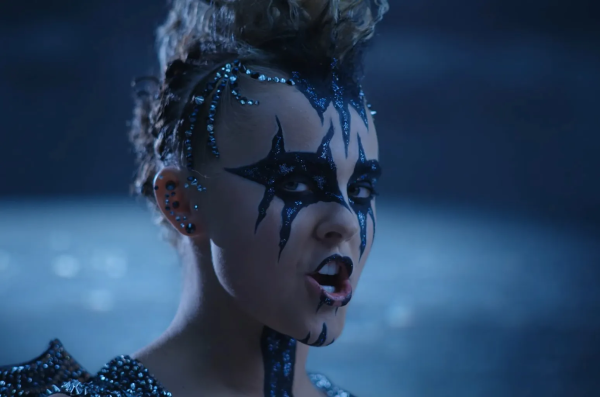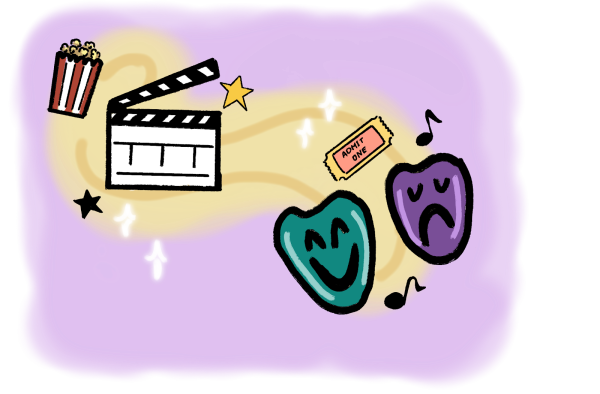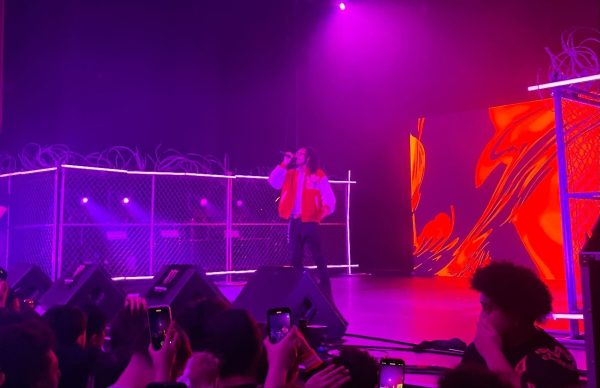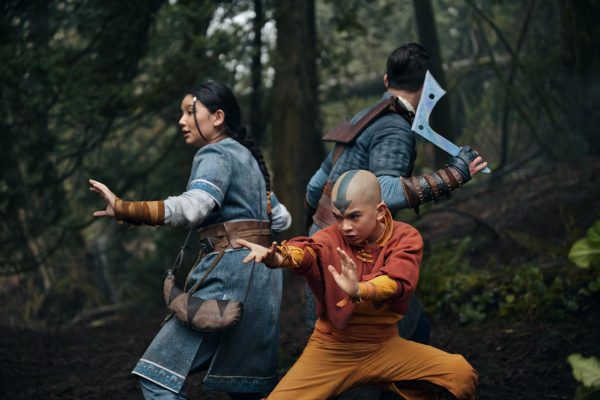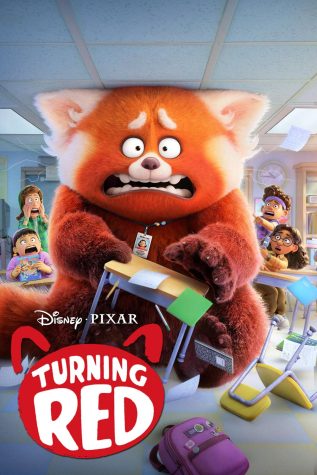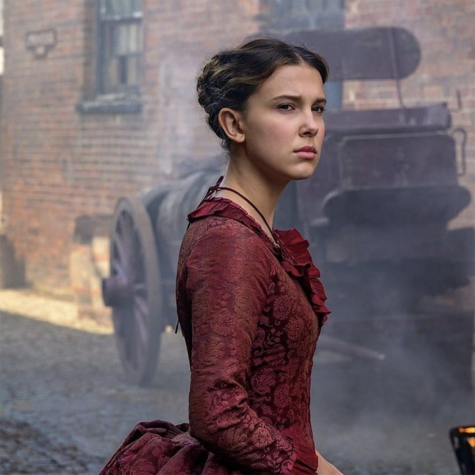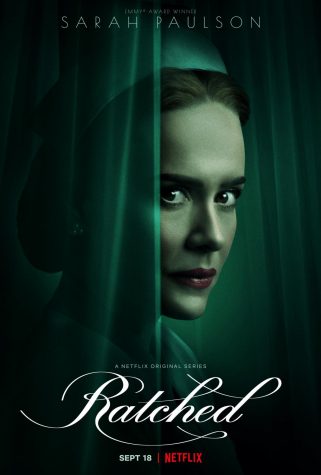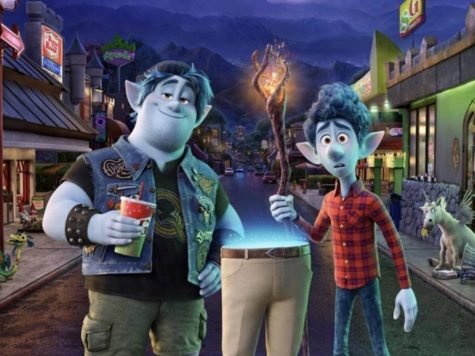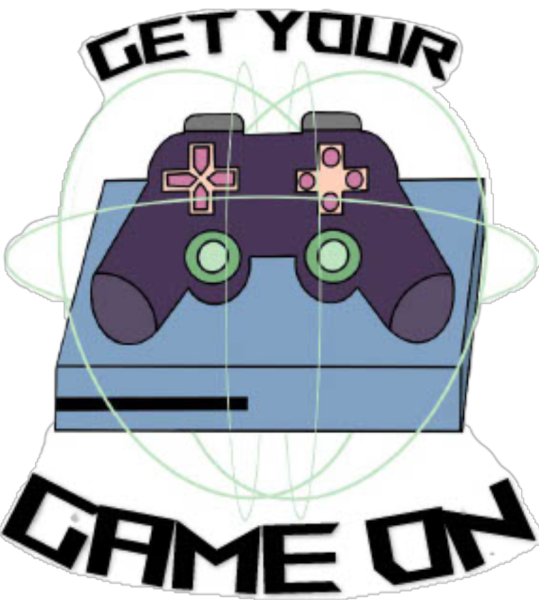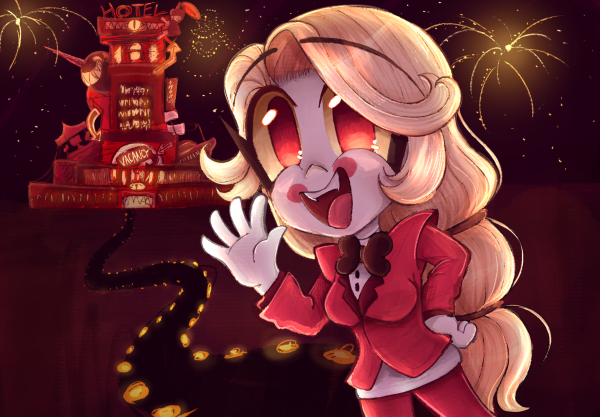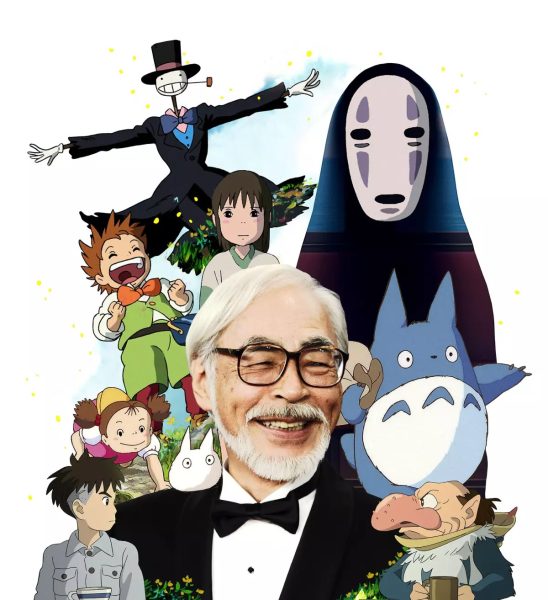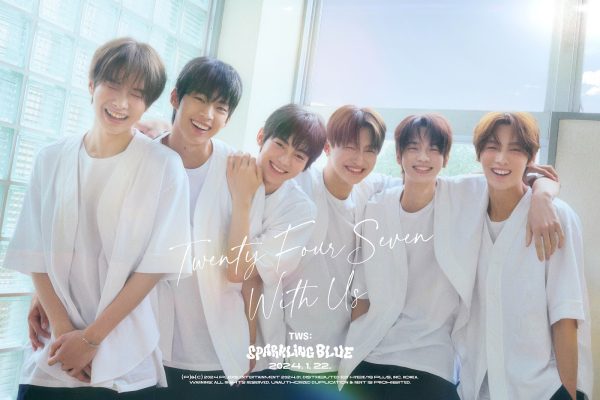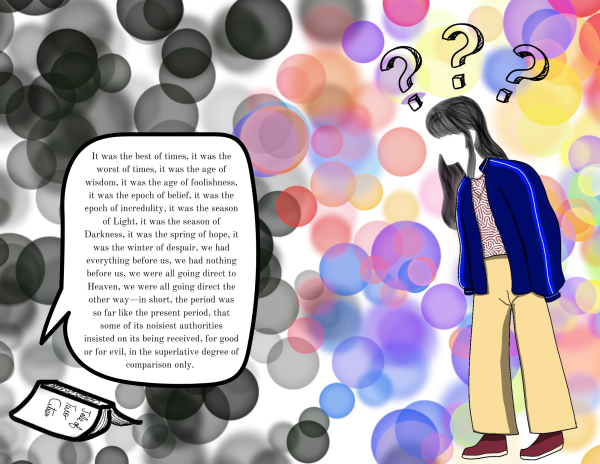The Reel: A beaut. And fin.
Imagery in films is much more than just imagery.
“Silence,” directed by Martin Scorses and starring Andrew Garfield, Adam Driver, and Liam Neeson, is nominated for a Academy Award in the category of Best Cinematography. Photo courtesy of Sikelia Productions
You’ve probably seen a good film before. Did you enjoy it for its visuals or story? It probably depends, right? For example, “Fantasia” (2000) is purely based off of visual stimulation and how the narrative of the music correlates with the implications of what’s on the screen. Others like “The Social Network” (2010) satisfy purely with story – how the characters interact, how the story progresses and how the setting changes. The cinematography is uniform.
At this point, my fellow Film Club officers probably expect me to say: “Visuals don’t matter. Film is designed for story purposes only,” which is only partly true. I love story and always base my liking of a movie on its story, but sometimes the visuals and imagery are part of the plot.
For example: take the “Fast and Furious” franchise. I’ll admit, I enjoyed quite a few of those movies, although some of them are pretty deflated when it comes to soul – and that’s a low bar to reach, because there are a total of eight films now to draw character, setting and plot from. However, a huge part of executing the storyline are the visuals. My favorite “Fast and Furious” is the seventh one, directed by James Wan, who, if you look him up, specializes in horror.
Wan did a surprisingly amazing job, with the skydiving, tower-jumping, mountain chase scenes. The story is action-packed and filled with soul (especially that tear-jerking final scene where Don parts with Brian, backed by six previous movies of brotherhood). The visuals do the bulk of the work.
But sometimes, visuals eclipse story. For example: “Transformers.” Although I watched every one (Michael Bay is good at visuals, despite his explosions fetish), any scene without giant robots is boring – and that’s a problem.
One of my favorite directors is Christopher Nolan, who, I believe, is the greatest visuals-story crafter of the last fifty years, and that’s an insanely high bar to reach. “Inception” and “Interstellar” are two of my favorite films because they combine the best of both worlds: amazing visuals, and effective stories. The soundtracks, both by Hans Zimmer, combines both into a euphoric cinematic masterpiece.
The latest phenomenons include Martin Scorsese’s “Silence,” Damien Chazelle’s “La La Land,” and Denis Villenueve’s “Arrival.” Sadly, I did not see “Silence” or “Arrival” before making my top-ten list. However, I highly recommend these. They are three amazing contemporary films that everyone should see.




